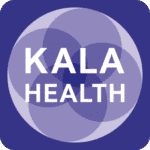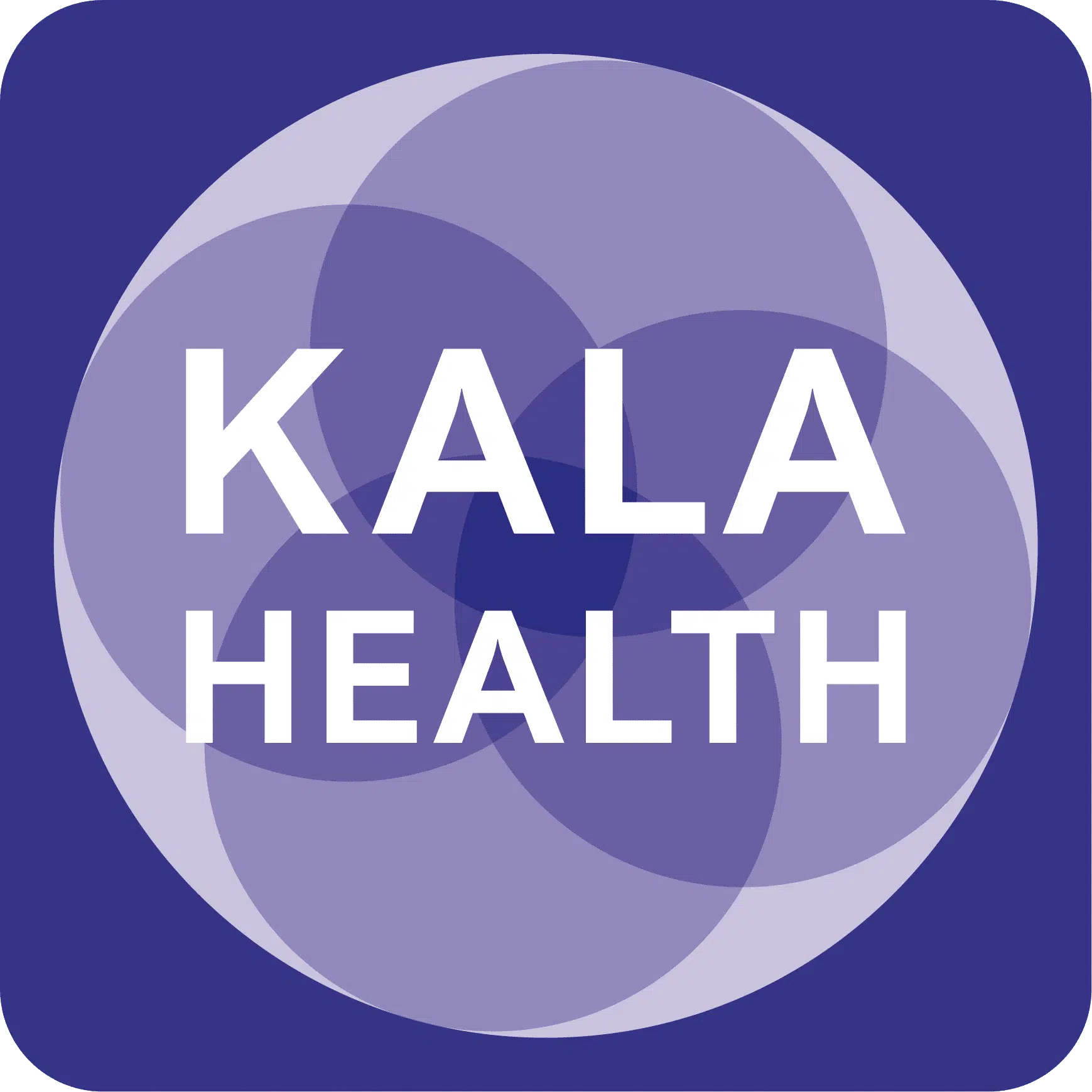What is Akkermansia Muciniphila? Reading time: +-5 minutes Akkermansia Muciniphila, also known as MucT, was…

Vitamin D and magnesium
Vitamin D and magnesium
To explain why it’s important to take vitamin D and magnesium in combination, this article first explains why vitamin D itself is important and how much you can take.
This article covers the following topics:
– Why take vitamin D?
– How much vitamin D to take?
– Approved health claims
– The best vitamin D is D3
– D3 and magnesium
Why take vitamin D?
The importance of high doses of vitamin D has been recognized in the orthomolecular world for some time. Vitamin D has a broad field of action and can support health in many ways. Vitamin D can be produced in the skin under the influence of UV radiation, but for many people this is not possible. To make enough vitamin D, you should go outside for at least 15 to 30 minutes between 11 a.m. and 3 p.m. Most people have school or work during the day, so they spend most of their time indoors during that time. In addition, the sun is weakened in the months of November to May, which makes it even more difficult to produce enough vitamin D.
Permitted Health Claims
– A well-known benefit of vitamin D is that it is good for bones and teeth. This is because vitamin D is needed to get calcium and phosphorus from food. These minerals are necessary for the mineralization of bones and teeth.
– Vitamin D is good for the muscles, according to research, vitamin D receptors are also found in muscles. When the vitamin D receptors are activated, the production of proteins in the muscles is stimulated. This is important for muscle function.
– Vitamin D also plays a role in the production of new cells and tissues. Vitamin D cells have also been found on what are known as “helper T cells,” a variant of white blood cells that help fight viruses and support certain immune system processes.
How much vitamin D to take?
According to the Health Council, a calcidiol level of 30 nanomoles per liter (a measure of vitamin D) per day is sufficient for everyone over the age of 10. This does not apply to seniors, people on night shifts, people with dark skin or people wearing covering clothing. Here the advice is a bit higher.
Despite this recommendation, many vitamin D experts believe that optimal vitamin D levels are higher than regular recommendations. They believe that everyone should have a calcidiol level of at least 75 nanomoles per liter of blood. According to this, 20 nmol/l would not even be enough to strengthen the bones. 2

The best vitamin D is D3
The most common forms of vitamin D (calciferol) are vitamin D2 (ergocalciferol) and vitamin D3 (cholecalciferol). Vitamin D3 is produced in the skin under the influence of ultraviolet light, for example the sun.
In terms of supplements, it is important to know that vitamin D3 is 66% better absorbed than vitamin D2. 1
vitamin D and magnesium
Why are vitamin D and magnesium so important?
According to research, taking magnesium can help absorb vitamin D3. This is because magnesium is needed to convert vitamin D into its active form so that it can be used in the body. 2
Magnesium is the fourth most abundant mineral in the body after calcium, potassium and sodium. The mineral activates hundreds of enzymes involved in important biological reactions, including enzymes involved in vitamin D absorption. 3
People with optimal magnesium levels require less vitamin D supplementation to achieve adequate vitamin D levels. Magnesium also reduces osteoporosis and reduces the risk of broken bones, which can be attributed to low vitamin D levels. 3
While the recommended daily allowance of magnesium is 420 mg for men and 320 mg for women, the standard diet contains only about 50 percent of that amount. It is estimated that half of the total population eats a low-magnesium diet. 2 Foods high in magnesium include almonds, bananas, beans, broccoli, brown rice, cashews, egg yolks, fish oil, flaxseeds, green vegetables, milk, mushrooms, other nuts, oatmeal, pumpkin seeds, sesame seeds, soybeans, sunflower seeds, sweetcorn, tofu, and whole grains .
Are you interested in vitamin D3 and want to read more about it? Click here.
Onze producten
Voor een gezonde levenstijl
1: Trang HM, Cole DE, Rubin LA, Pierratos A, Siu S, Vieth R. Evidence that vitamin D3 increases serum 25-hydroxyvitamin D more efficiently than vitamin D2. Bin J Clin Nutr. 1998 Oct;68(4):854-8. doi: 10.1093/ajcn/68.4.854. PMID: 9771862.
2: https://medicalxpress.com/news/2018-02-magnesium-vitamin-d-ineffective.html
3: https://www.news-medical.net/news/20180226/Vitamin-D-cannot-be-metabolized-with-sufficient-magnesium-levels-review-finds.aspx





